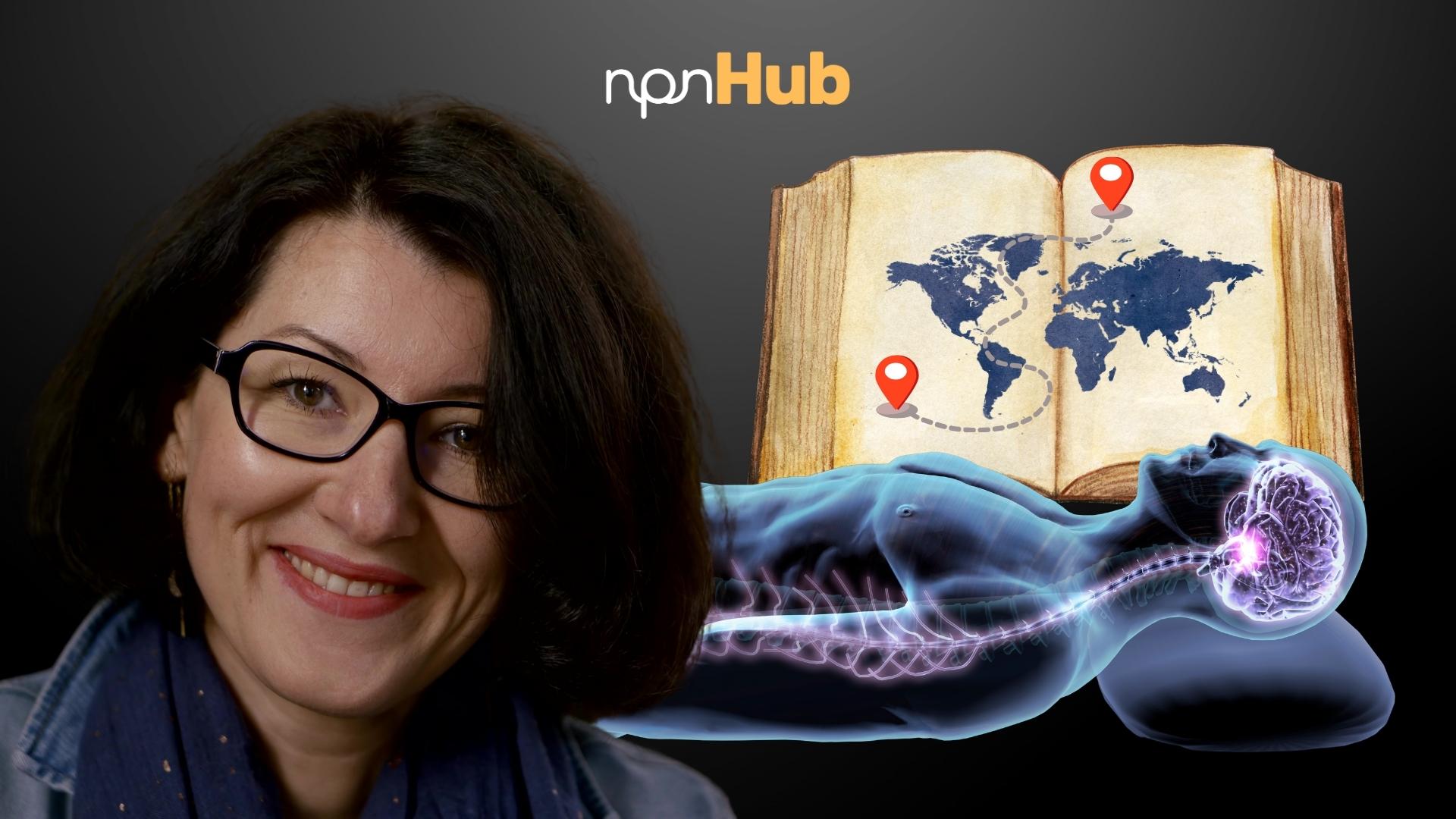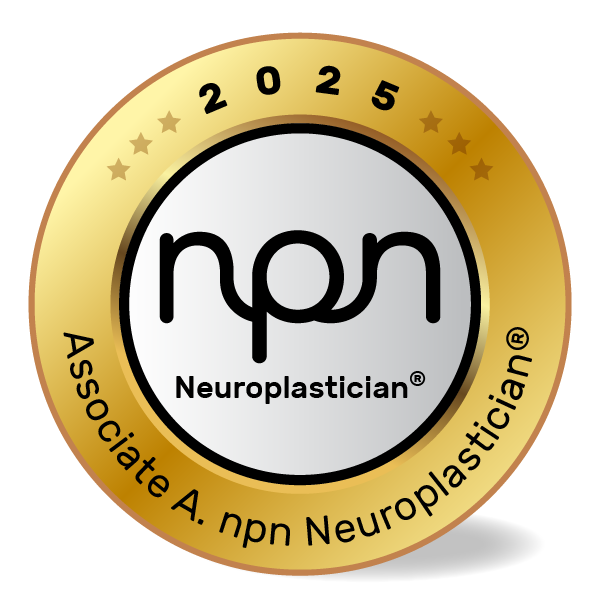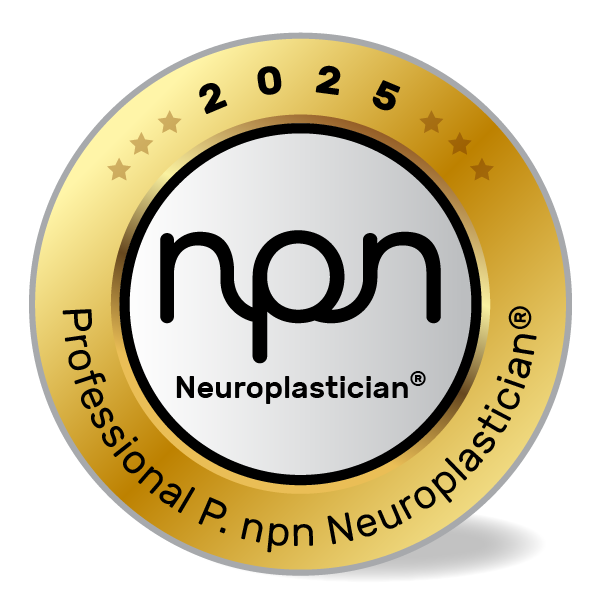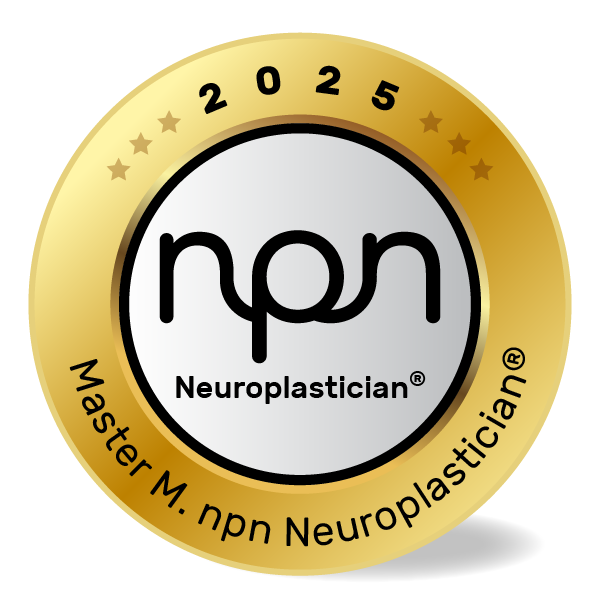- Sleep Hygiene Fuels Neuroplasticity:
- Quality sleep consolidates new experiences.
- Cognitive Maps Enable Navigation:
- This is our ability to navigate and plan.
- Myelination Solidifies Learning:
- Repetition and rest drive the thickening of the myelin sheath, ensuring neural pathways become faster and more efficient.
- Sleep Drives Habit Formation:
- Intentions drive behaviors into new habits.
The Neuroplastic Brain’s Process
Our brains have an extraordinary ability to adapt and learn, a process known as neuroplasticity. From navigating a new city to mastering a new skill, neuroplasticity allows us to reshape our neural connections in response to experiences. But this process doesn’t work in isolation—it requires a key ingredient: sleep hygiene.
Sleep plays a pivotal role in refining the brain’s ability to form and solidify cognitive maps—mental representations of the spaces and connections around us. Recent research has revealed how the brain connects discrete memories into a cohesive map during rest, showcasing the critical interplay between neuroplasticity and sleep.
Neuroplasticity involves several stages, starting with the formation of new neural connections, followed by the strengthening of those connections. A critical part of this process is myelination, where the myelin sheath—a protective coating around nerve fibers—thickens to improve the speed and efficiency of neural signals. This process ensures that the new pathways become permanent and robust, enabling long-term learning and adaptability.
The Power of Cognitive Maps
When you explore a new city, your brain initially remembers specific locations, like a cozy café or a bustling market. These isolated memories are stored in specialized neurons called place cells in the hippocampus. Over time, weaker neurons, known as weakly spatial cells, act as bridges, connecting these memories into a mental map.
During sleep, these connections are refined, allowing your brain to link locations and form a cohesive geography. For example, Sarah, a student navigating her university campus, initially found it overwhelming to locate her classes. However, after a week of exploration and restful sleep, she could effortlessly guide a friend from the library to the cafeteria, thanks to the cognitive map her brain constructed.
Sleep: The Catalyst for Memory and Learning
Research highlights how sleep consolidates learning by replaying experiences in the brain. This replay refines neural connections, making them more precise and efficient. Mohammed, an engineer preparing for an exam, experienced this firsthand. After implementing a strict sleep hygiene routine, he found that reviewing his notes before bed helped him recall critical information effortlessly the next day. Sleep provided his brain with the opportunity to strengthen the pathways needed for retention.
Building New Habits Through Sleep and Plasticity
Neuroplasticity isn’t just about remembering spaces—it’s also crucial for forming habits. Jasmine, a professional striving to establish a morning exercise routine, struggled to make it stick. However, when she prioritized consistent sleep, her brain began reinforcing the habit through plastic changes during rest. Over time, waking up for her workout became second nature, demonstrating how sleep transforms intentions into automated behaviors.
The Science of Latent Learning
A recent study at MIT’s Picower Institute showed that sleep allows the brain to encode meaningful maps of space. When mice explored mazes without rewards, their brains initially registered individual locations. But after several days of exploration combined with sleep, weakly spatial cells stitched these discrete memories into a cohesive cognitive map. The role of sleep hygiene is explored by Dr. Irish (2014) in a review of empirical evidence review.
The role of latent learning—learning that occurs without immediate rewards—relies heavily on sleep-dependent neuroplasticity. Interestingly, mice that were deprived of sleep failed to form these maps, highlighting the irreplaceable role of rest in learning. Sleep enables the brain to organize and refine information, creating a foundation for navigation, planning, and problem-solving.
The Role of Myelination in Learning
One of the most fascinating aspects of neuroplasticity is myelination, the process of strengthening neural pathways. As we repeatedly use a new connection—remembering a route, mastering a skill, or building a habit—myelination thickens the protective sheath around neurons, ensuring faster and more reliable communication. This crucial process is impaired without sufficient sleep, leaving new learning fragile and incomplete.
Connecting Neuroplasticity to Everyday Life
Neuroplasticity and sleep intersect in countless aspects of daily life, from learning and memory to habit formation and emotional regulation. Here’s how you can leverage this connection:
- Prioritize Sleep: Aim for 7–9 hours of quality sleep each night to ensure your brain has time to consolidate and refine new learning.
- Engage in Exploration: Allow yourself to explore new environments and ideas without immediate goals or rewards. Trust that your brain will make sense of the experiences during rest.
- Repeat and Rest: Repetition strengthens neural pathways, but sleep is what solidifies them. Alternate periods of focused practice with restorative sleep for optimal results.
Conclusion: Sleep as the Architect of Change
Our brains are amazing and adapt and learn, which allows us to reshape our neural connections in response to experiences. But this process —it requires sleep hygiene. The brain’s ability to adapt and grow is a remarkable testament to its resilience and complexity. Whether it’s Sarah finding her way, Mohammed mastering his studies, or Jasmine building a new habit, neuroplasticity and sleep work hand in hand to help us navigate life’s challenges.
As you embrace the power of neuroplasticity, remember that rest isn’t a luxury—it’s a necessity. Sleep fuels the brain’s ability to create, refine, and maintain the connections that define who we are and what we can achieve. Let’s sleep better to shape mental maps, build habits, and drive your potential to new heights.
Reference:
The role of sleep hygiene in promoting public health: A review of empirical evidence
Leah A. Irish a, Christopher E. Kline b, Heather E. Gunn b, Daniel J. Buysse b, Martica H. Hall b















